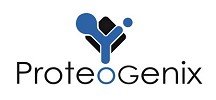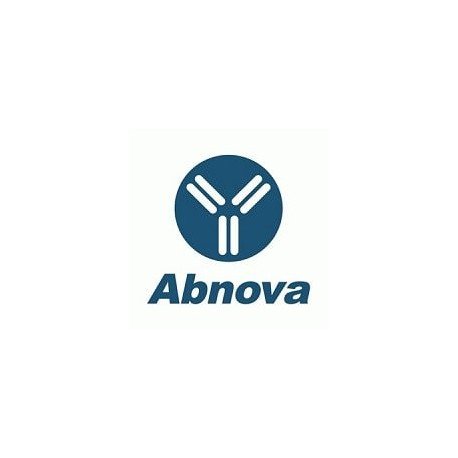Cart 0 Product Products (empty)
No products
To be determined Shipping
0,00 € Total
Prices are tax excluded
Product successfully added to your shopping cart
Quantity
Total
There are 0 items in your cart. There is 1 item in your cart.
Total products (tax excl.)
Total shipping (tax excl.) To be determined
Total (tax excl.)
Data sheet of EphrinB (phospho Y298) polyclonal antibody
| Brand | Abnova |
| Product type | Primary antibodies |
| Reactivity | Bovine,Chicken,Clawed frog,Dog,Frog,Human,Mouse,Primates,Rat,Zebra fish |
| Host species | Rabbit |
| Applications | WB-Ti |
More info about EphrinB (phospho Y298) polyclonal antibody
| Brand: | Abnova |
| Reference: | PAB9690 |
| Product name: | EphrinB (phospho Y298) polyclonal antibody |
| Product description: | Rabbit polyclonal antibody raised against synthetic phosphopeptide of EphrinB. |
| Immunogen: | Synthetic phosphopeptide corresponding to residues surrounding Y298 of Xenopus EphrinB. |
| Protein accession: | P28693 |
| Form: | Liquid |
| Recommend dilutions: | Western Blot (1:1000) The optimal working dilution should be determined by the end user. |
| Storage buffer: | In 10 mM HEPES, 150 mM NaCl, pH 7.5 (50% glycerol, 10% BSA) |
| Storage instruction: | Store at -20°C. Aliquot to avoid repeated freezing and thawing. |
| Quality control testing: | Antibody Reactive Against Synthetic Peptide. |
| Product type: | Primary antibodies |
| Host species: | Rabbit |
| Antigen species / target species: | Frog |
| Reactivity: | Bovine,Chicken,Clawed frog,Dog,Frog,Human,Mouse,Primates,Rat,Zebra fish |
| Application image: |  |
| Application image note: | Western blot of rat testis lysate showing specific immunolabeling of the ~46k EphrinB phosphorylated at Tyr298 (Control, lane 1). The phosphospecificity of this labeling is shown in the second lane (lambda-phosphatase: lambda-Ptase, lane 2). The blot is identical to the control except that it was incubated in lambda-Ptase (1200 units for 30 min) before being exposed to the EphrinB (phospho Y298) polyclonal antibody (Cat # PAB9690). The immunolabeling of the EphrinB band is completely eliminated by treatment with lambda-Ptase. |
| Applications: | WB-Ti |
| Shipping condition: | Dry Ice |
| Publications: | Neuronal, glial, and epithelial localization of gamma-aminobutyric acid transporter 2, a high-affinity gamma-aminobutyric acid plasma membrane transporter, in the cerebral cortex and neighboring structures.Conti F, Zuccarello LV, Barbaresi P, Minelli A, Brecha NC, Melone M. J Comp Neurol. 1999 Jul 5;409(3):482-94. |


